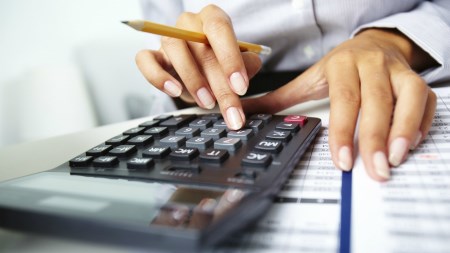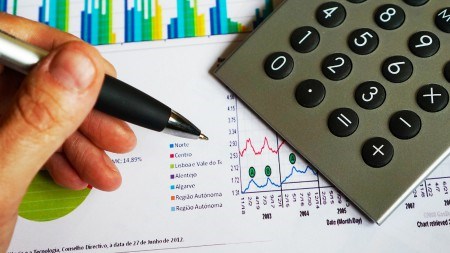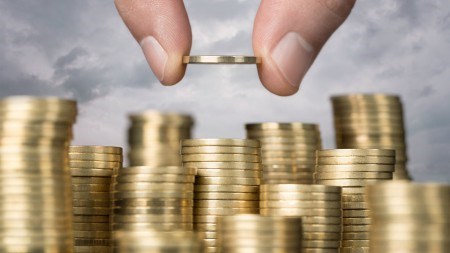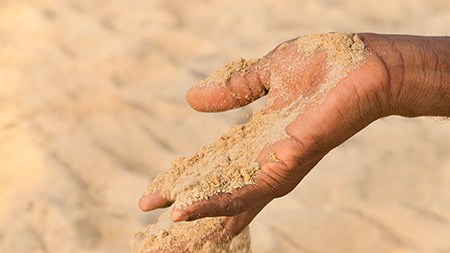A drop in retail sales and new car sales, together with food inflations are signs that the economy is stagnating.
Real retail sales growth deteriorated from 1.4% to 0.8% year-on-year in July. So says FNB’s John Loos who says that the figures indicate that the economy is stagnating.
Loos says the figures don’t come as much of a surprise given that other early third quarter statistics derived from mining and manufacturing, new passenger vehicle sales and FNB’s own housing market reports point to renewed economic weakness.
The decline in passenger vehicle sales is particularly telling. According to the National Association of Automotive Manufacturers of South Africa (NAAMSA) new vehicle sales slumped dramatically in July with all segments registering declines compared to the corresponding month in 2015.
Aggregated new vehicle sales registered 44 883 units, down 9 222 vehicles from July 2015. Industry exports at least reflected a marginal improvement of 684 vehicles year-on-year to 29 042 units. Overall, margins at retail/dealer level have also remained under pressure.
The new car sales figures are largely reflective of the current environment. Times are tough and buyers across the board are turning over every cent before committing to purchases, especially high involvement purchases such as cars.
According to Loos, the retail sector has, for a long time, been supported by low price inflation, below that of overall CPI (Consumer Price Index) inflation. But this may be coming to an end for the time being. July’s retail inflation rate was the highest since September 2009.
Food inflation is also a point of concern. During July, Loos reports that general dealer retail price inflation and specialised food retailer inflation stood at 8.5% and 7.7% year-on-year respectively. Persistent drought conditions have also pushed up costs across this segment.
Growth across this segment – at least across the specialised food retailer category - has consequently slowed quite significantly. While under pressure, general dealers appear to be faring better.
Meanwhile, hardware, paint and glass retailers don’t appear to be reporting any major uptick in inflation while household furniture, appliances and equipment retailers showed 3.9% retail price inflation year-on-year for July.
Growth across the household furniture, appliances and equipment category has declined sharply by -5.8% year-on-year. As this is a highly credit dependent segment and one in which consumers tend to put off purchases until better times, Loos says this comes as little surprise.
Interestingly, the pharmaceuticals, medical, toiletries and cosmetics retail category saw growth of 7.1% year-on-year and shows no sign of slowing. Textiles, clothing and footwear retail on the other hand is starting to come under pressure.
As things stand, Loos reckons that retail sales growth for 2016 as a whole will come in at 1.9% down from 3.3% in 2015. He also believes retail growth in general in 2017 will be muted.
A report released by Sasfin this week also underscores the troubled state of the economy. The report shows that the bank’s bad debts have more than doubled over the past year.
CEO Roland Sassoon reportedly said: “We are now looking at portfolio losses and saying this economy is really looking terrible. We’ve increased our general provisions for portfolio impairments based on the state of the economy.
“It could get a lot worse, depending on what our political friends do,” he added. “If SA gets downgraded you’re going to see the currency crash and interest rates rise, which could impact on a lot of borrowers and importers.” The picture could be good for exporters though, he remarked.
In a nutshell, things don’t look good for the economy. With this in mind, it’s safe to say that it would be wise not to over-extend yourself financially. Similarly, if you believe you may run into a problem with your home loan or credit arrangements, rather speak to your bank sooner rather than later as ignoring the issue will only make things worse.





